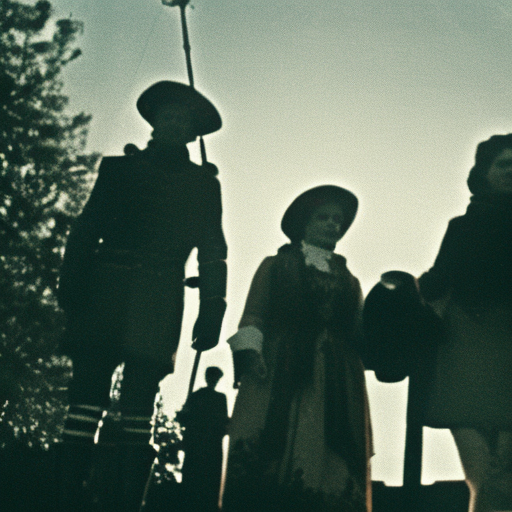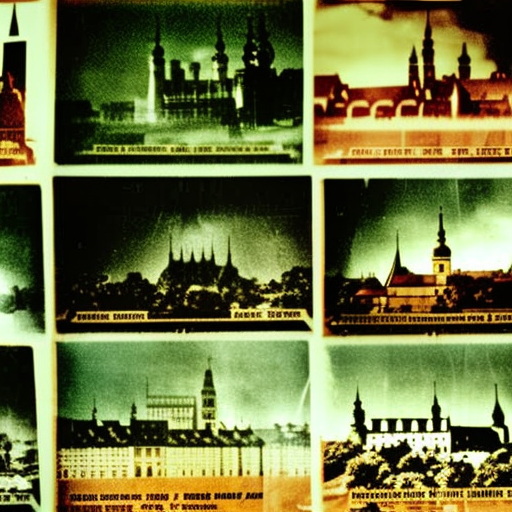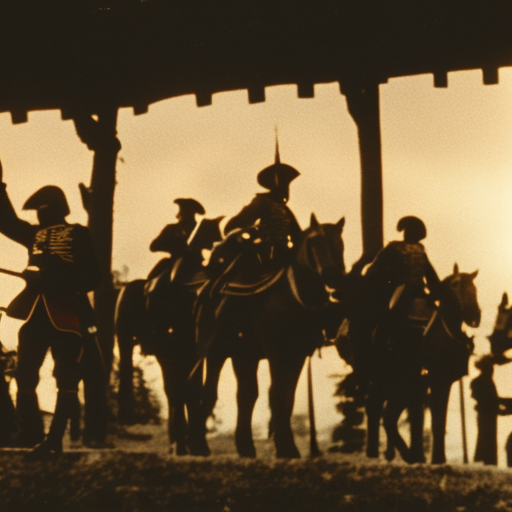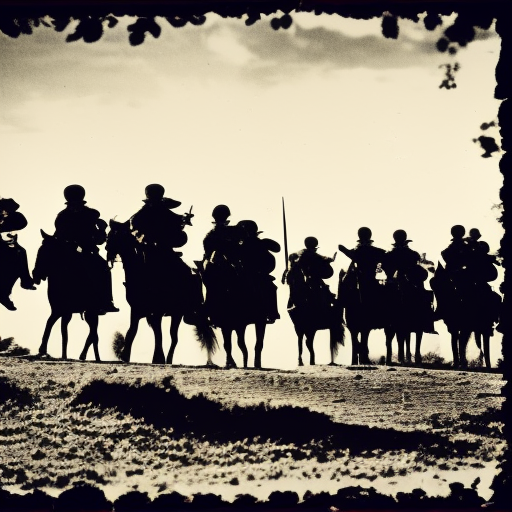The Reign of Catherine the Great
Catherine the Great, also known as Catherine II, was the Empress of Russia from 1762 until her death in 1796. She is widely regarded as one of Russia’s most successful and influential rulers. Catherine’s reign was marked by significant political, cultural, and territorial expansion, as well as a commitment to Enlightenment ideals.
Ascension to the Throne
Catherine came to power after the assassination of her husband, Peter III. She was able to secure the support of the Russian military and nobility, who were dissatisfied with Peter’s rule. Catherine’s reign began with a series of reforms aimed at modernizing and strengthening Russia.
Domestic Policies
Catherine implemented a wide range of domestic policies during her reign. She sought to improve the lives of the Russian people by introducing reforms in education, healthcare, and agriculture. She also established the first state-sponsored theater in Russia and promoted the arts and sciences.
Catherine’s most significant domestic reform was the creation of a new legal code, known as the “Nakaz.” This code aimed to modernize Russia’s legal system and was heavily influenced by Enlightenment ideas. It emphasized equality before the law, religious tolerance, and the abolition of torture.
Expansion of Territory
One of Catherine’s main goals was to expand Russia’s territory. She waged several successful wars and annexed significant territories, including Crimea, Belarus, and parts of Poland. These territorial gains solidified Russia’s position as a major European power.
Catherine’s expansionist policies were not without controversy. The annexation of Crimea, for example, led to tensions with the Ottoman Empire and other European powers. However, Catherine’s military successes and diplomatic skills allowed her to navigate these challenges and maintain Russia’s territorial gains.
Foreign Policy
Catherine pursued an active and ambitious foreign policy. She sought to establish Russia as a leading European power and played a key role in the partition of Poland. Catherine also maintained close relations with other European monarchs, including Frederick the Great of Prussia and Joseph II of Austria.
Catherine’s foreign policy was not limited to Europe. She also sought to expand Russian influence in Asia. Under her rule, Russia established a foothold in the Black Sea region and expanded its presence in Siberia.
Legacy
Catherine’s reign had a lasting impact on Russia and its place in the world. Her policies and reforms laid the foundation for the modernization of Russia. She promoted education, culture, and the arts, leaving a lasting legacy in Russian literature and theater.
Catherine’s reign also marked a period of relative stability and prosperity for Russia. Despite the challenges she faced, Catherine was able to maintain a strong and centralized government. Her reign is often seen as a golden age of Russian history.
However, Catherine’s legacy is not without controversy. Her policies towards the serfs, who made up the majority of the Russian population, were largely unchanged. She also faced criticism for her treatment of ethnic minorities, particularly in the annexed territories.
In conclusion, Catherine the Great’s reign was a transformative period in Russian history. She implemented significant domestic reforms, expanded Russia’s territory, and pursued an ambitious foreign policy. Her commitment to Enlightenment ideals and her efforts to modernize Russia left a lasting impact on the country. Despite the controversies surrounding her reign, Catherine is remembered as one of Russia’s most successful and influential rulers.












